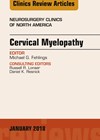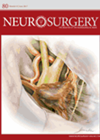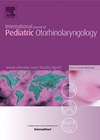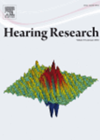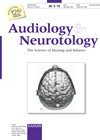
Journal Reviews
Neurological complications associated with managing degenerative cervical myelopathy
Degenerative cervical myelopathy (DCM) is a common neuropathologic status due to degenerative changes to the cervical spine. There are multiple operative techniques available, including anterior cervical discectomy and fusion, anterior cervical corpectomy, laminoplasty, laminectomy and laminectomy with fusion. C5 palsy...
Healthcare economics and device approvals
We use several FDA-approved devices in our clinical practice but are rarely aware about the stringent procedures followed by manufacturers, as well as the FDA, before the devices become commercially available. The authors of this paper undertook a comprehensive review...
Paediatric lymphadenopathy – helpful decision making
The authors present a very helpful algorithm to manage cervical lymphadenopathy in children. The goal of managing children with inflamed lymph glands is to identify the rare malignant case and not over-investigate the vast majority of benign reactive swellings –...
Otolith dysfunction in congenitally deaf adults
This paper helps to further define the profile of ocular and cervical vestibular-evoked myogenic potentials (o and c VEMPs) in patients with congenital profound sensorineural hearing loss (PSHL). It highlights the prevalence of otolith (saccular and utricular) dysfunction that exists...
Vestibular functions of hereditary hearing loss patients with GJB2 mutations
Mutations of the GJB2 gene are a common cause of deafness, being found in 15-25% of cases of congenital deafness. Over 100 mutations are now recognised and may be associated with a hearing loss ranging from mild to profound. This...

